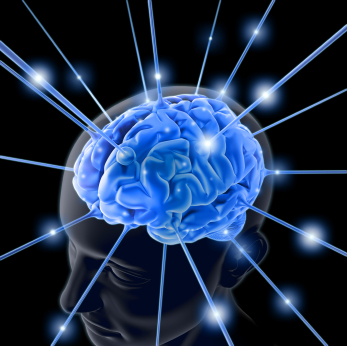
Increase the Pain of Accessing Irrelevant Tasks
A lot of blogs give tips on how to increase productivity. However, most of them are ill-written and inaccurate. But, more importantly, no one has given a theory behind procrastination.
Let us start with the theory of how humans appraise decisions. Suppose that you want to eat a pizza. However, you discovered that it takes twenty minutes to drive to the pizza store. What would you feel? You will probably refuse to buy the pizza. However, if the time was shorter, then you might choose to drive to the store. The shorter the time, the more likely you will choose to purchase a pizza.
Let us say that the pizza increases your pleasure. Let us say that driving to the store increases your pain. So, to put it more abstractly, the greater the ratio of pleasure to pain, the more likely you will make a decision.
This has some practical applications in overcoming procrastination. You could simply increase the pain to prevent making those decisions. For example, if you want to quit watching television. However, it is likely that you will watch it in the future, unless you throw out the television. Throwing out the television will increase the pain of driving to the store to buy another television. Therefore, this increased pain will reduce your likelihood of purchasing a new television. This is similar to the pizza example.
If the television is right in front of you, it would be very easy for to resume your procrastination. But throwing it out would make it harder to access. You wouldn't want to drive to the electronic store in order to watch television. Compared to the difficulty of driving to the store, you might be more likely to be motivated by completing your main task instead of procrastinating.
Suppose you want to reduce your Internet browsing to increase productivity. However, at times, you will procrastinate and resume your browsing. As shown above, a solution to reduce your Internet browsing is to unplug the Internet cable. This will increases your pain of re-plugging it that you will less likely procrastinate.
Decrease the Pain of Accessing Your Main Task
Another aspect of this is that you can reduce procrastination by decreasing the pain to access your productive tasks. For example, if you want to be more productive, such as eating healthy foods more often, you might want to make these foods easy to access. The more you can easily access these foods, the more likely you will decide those foods compared to the harder-to-access foods.
Another aspect, as shown above, is to make the unhealthy foods harder to access.
Assume that you are a writer, and you have to finish some writing project stored in some text files in a folder. Suppose you already have unplugged your Internet cables, thrown out your television. But even though you increased the pain of accessing the irrelevant tasks, you still are not motivated to increase your productivity. You still procrastinate. An additional technique to decrease procrastination is to create shortcuts to your writing folder and shortcuts to your text files on the desktop. In this way, you it would be easier to access. As said above, the easier to access, the more likely you will choose this.
The main point in decreasing procrastination is to increase your difficulty of accessing irrelevant tasks and to decrease the difficulty of accessing your tasks you want to accomplish.
This has indeed increased my productivity by several times.